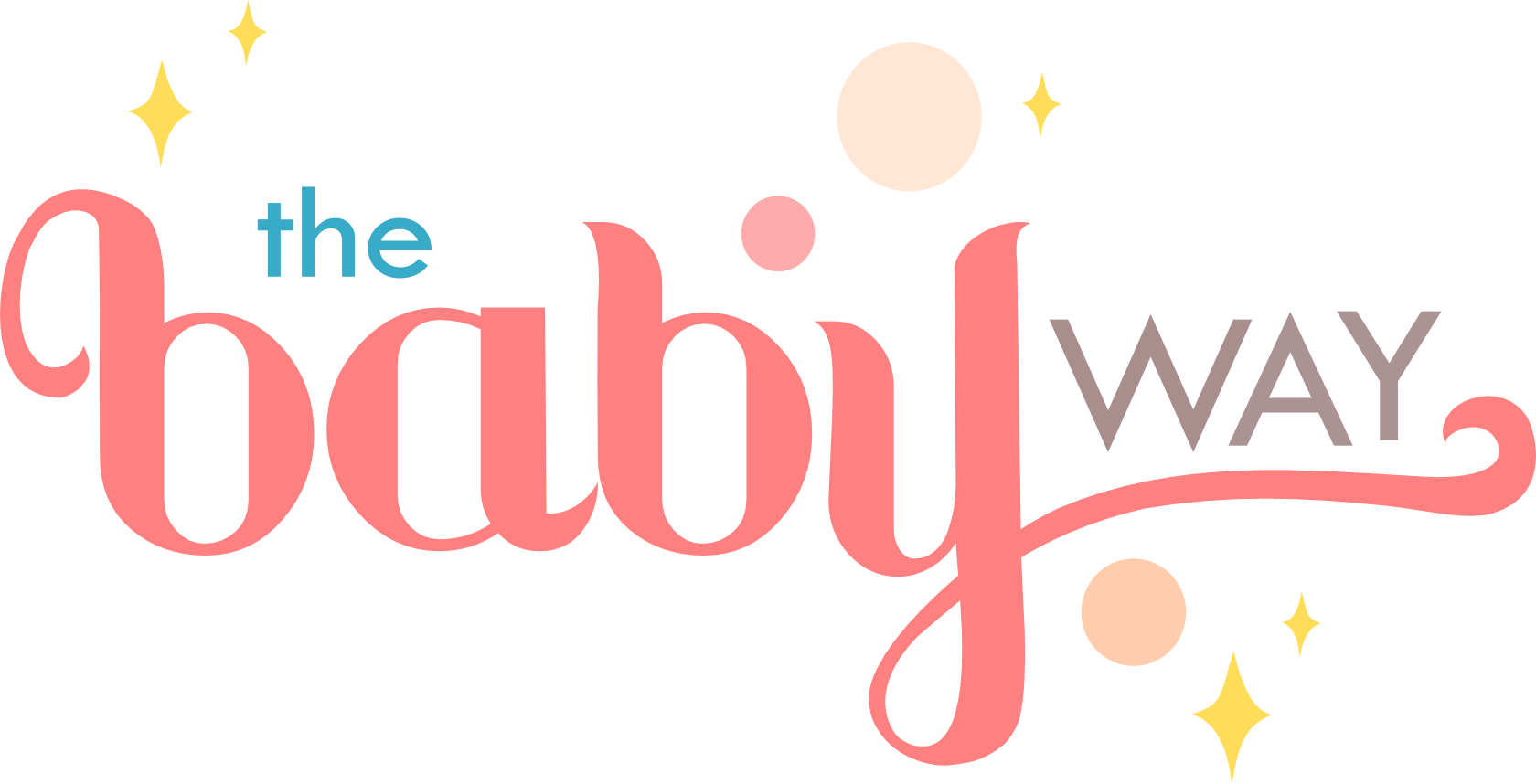Have you heard about the magical method that supposedly makes your baby sleep until the early morning? Of course, we are talking about the dream feed. But does it really work? And how do you implement it the right way? Find all the answers about the dreamy dream feed and the truth that some sleep trainers are hiding.
Your brain is pretty clouded from all the sleepless nights with your baby. Yet, you still manage to crawl through the darkest corners of the internet, hoping to find a solution to your baby's sleep.
And then you read about it: the dream feed.
You read about articles where your baby will apparently sleep until the morning. You read success stories. It all sounds so wonderful.
Just imagine having your little baby sleep until the morning without waking up. 6 hours of sleep. How wonderful and dreamy would that be? It almost sounds like a dream, doesn't it?
The truth is there is much more behind the dream feed than just feeding your baby at 11 PM. Let's find out what the dream feed is, how it works, and if it really keeps what it promises, including all the dream feed pros and cons.
This article covers:
-
1. What Is A Dream Feed?
2. How The Dream Feed Is Implemented
3. The Pros Of Dream Feeds
4. The Cons Of Dream Feeds
5. When To Start Dream Feeding
6. When To Stop Dream Feeding
7. What To Do If The Dream Feed Doesn't Work
8. Additional Tips For Dream Feeding
9. FAQs About Dream Feeding
10. Conclusion
1. What Is A Dream Feed?
The dream feed is a popular technique that is used to help babies sleep longer at night. Thereby, you give your baby an additional night feeding while they are sleeping, usually before you would go to bed yourself.
The idea behind it is to help your baby get the longest stretch of sleep after the dream feed at the same time when you are sleeping too. So you are basically syncing your and your baby's sleep, so both of you hopefully get a couple of hours of uninterrupted sleep.
The dream feed can work for a breastfed baby and a bottle-fed baby.
2. How The Dream Feed Is Implemented
The first step of the dream feed would be to determine the right time for the feed.
Usually, the time of the dream feed is between 10-12 PM, but it mostly depends on your baby's bedtime. It is approx. 3-3.5 hours after the last meal or 2-3 hours after they have fallen asleep.
Many babies develop regular sleep patterns after the first couple of weeks. So observe your baby for a couple of days to determine when they would wake by themselves. For example, you might notice that your baby either always wakes at the same time or they wake after a certain amount of time after falling asleep.
Once you have a regular waking time, have the dream feed about 10 minutes before.

The ideal method would be to feed your baby while they are fully asleep. If your baby is in active sleep, they should feed quite well. You can slightly touch their upper lip with your nipple or the teat of their bottle. This will stimulate the rooting reflex and encourage them to suck.
However, if they are in deep sleep, it's possible they don't latch or don't feed very well.
In that case, you would have to slightly wake your sleeping baby by either changing the diaper or pulling off their socks.
Your baby should get a good feed so they can sleep for a couple of hours without feeding.
3. The Pros Of Dream Feeds
There are some potential benefits of dream feeding that may make it an attractive option for parents to try it out.
Here are the pros of dream feeding:
- Can Help Baby Sleep Longer: One obvious benefit is that the additional nighttime feeding can help your baby sleep for a longer stretch at night.
- Setting Baby's Sleep Pattern: If you manage to feed your baby without waking them, their internal body clock gets used to sleeping for a longer stretch naturally. You are basically reprogramming their sleep pattern.
- Baby Swallows Less Air: A relaxed and calm baby will swallow less air during a feed than a fully-wake baby that is starving.
- Predictable Schedule: When you have a baby, it's hard to make plans because everything is unpredictable. With a dream feed, you can somehow predict when your baby needs to feed and how long they might sleep.
4. The Cons Of Dream Feeds
While there are some potential benefits to dream feeding, there are also some potential drawbacks to consider.
Here are the cons of dream feeding:
- Interrupts The Natural Sleep Cycle: Dream feeding can interrupt your baby's natural sleep cycles, which can disrupt their overall sleep quality. Since they're being woken up to eat, they may not transition back into deep sleep as easily, which can make them more restless during the night.
- May Cause Overfeeding: Dream feeding can also lead to overfeeding, especially if your baby isn't really hungry when you feed them. This can cause discomfort, spitting up, and other digestive issues.
- Changes In Sleep Pattern: Waking your baby every night from sleep can also set your baby's inner body clock to wake. In this case, the dream feed has kind of a reverse effect. You program your baby to wake.
- Stressful For Parents: The dream feed can be stressful for parents when they are trying to implement it, but it doesn't seem to work.
5. When To Start Dream Feeding
Newborn sleep is still very unpredictable. Newborns usually cannot yet distinguish day and night, and their sleep will be all over the place. They might nap all day and be up for hours at night. Therefore, it doesn't really make sense to try the dream feed with a newborn.
Some babies can start with the dream feed as early as 6 weeks. Ideally, your baby should have developed a somehow regular sleep pattern, and their newborn day-night confusion is resolved.
A good age would be around 2 months. As your baby grows, they also produce more melatonin which will help them sleep for a longer stretch at night.
6. When To Stop Dream Feeding
There is conflicting advice on when to stop the dream feed. This mainly lies in the implementation of the dream feed.
If you have to wake your baby even slightly to get them to sleep, it is advised to stop the dream feed at around 4-5 months. Otherwise, you are risking interfering with their natural night sleep pattern, and they might develop a habit of waking.
To try out if your baby has developed a habit of waking, skip the dream feed for 1-2 nights and see if your baby wakes on their own at that dedicated time. If yes, I guess it's time to wave goodbye.

If you're feeding your baby while they are fully asleep, there is nothing wrong with continuing with the dream feed until up to 8-9 months. By this time, your baby might be established on 3 solid meals a day, and they might naturally need less milk at night.
Another thing I like to tell parents is that they should stop if the dream feed stresses them out too much. Sometimes we are so determined to make something work and lose ourselves in it. If you have tried for more than 2 weeks to implement the dream feed, but you weren't successful, it's also time to wave the white flag.
7. What To Do If The Dream Feed Doesn't Work
Ok, now let's talk business.
All this sounds really nice. But is it actually so easy to implement?
The truth is that the dream feed does not work for a good amount of babies. You can try all you want, but you might still end up with a baby that wakes every 2 hours for a feed, especially when they are very young. It is just their biological nature that they wake up multiple times a night.
I would say that the dream feed is a lucky game and mostly works for easy-going babies and babies that already sleep well (also sometimes called unicorn babies).
For all the other babies that sleep well…like babies, it won't work, or it will not work in the way you have maybe hoped for (in your defense, it was probably advertised to you).
And this leads us to another truth:
You should not expect your baby to sleep until the morning only because they had a feed at 11 PM.
I am really sorry to say it, but that's how it is.
Young babies need regular feeds. For the first year of life, your baby's main nutritional intake comes from milk, nights included.
I am not saying that your baby will not sleep at all after a dream feed, but if you are achieving a 4-hour stretch after the dream feed, then that is a pretty huge accomplishment. Don't aim for something like 8 hours because that is most likely not going to happen.
8. Additional Tips For Dream Feeding
With that being said, there are still some tips and tricks you can try to make the dream feed work. Remember, it doesn't have to work from the very first night on, but it can take a few days until you see actual results.
1. Keep A Dark Environment
Make sure to keep the environment as dark as possible and avoid any disturbances that might wake your little one too much.
2. Use White Noise
Using white noise is a great way to mask outside noises. Some babies are very receptive to noise, for example, when their parent enters the room.
3. Feed During Active Sleep
If you feed your baby during active sleep, they will drink better than when in deep sleep. You will notice that your baby is in active sleep if they move when you pick them up. If your baby's arms and legs seem floppy, then they are in deep sleep.
4. Holding The Baby
Holding your baby the right way can help prevent reflux or spitting up. Hold the baby at a slight incline, with their head higher than their stomach.
9. FAQs About Dream Feeding
Q: At what age can you start dream feeding?
A: You can start dream feeding once your baby is at least a few weeks old and has developed a regular sleeping pattern.
Q: How do I drop the dream feed?
A: You can drop the dream by just going cold turkey. However, your baby will most likely still wake for another night feed at some point during the night.
Q: Do I have to burp my baby after the dream feed?
A: Burping at night is not necessary for the majority of babies. If, however, you notice that your baby wakes after the feed, smacks their lips, or arches their back, then burping can help them relieve the air in their belly.
Q: I have fast-flowing breast milk, and my baby is having trouble swallowing during the feed. What can I do?
A: If your baby is breastfeeding, then they might swallow more air if their mother has fast-flowing milk. In that case, you can express a little bit of milk with your hands before the dream feed. You will notice how the milk starts to flow and then slows down.
10. Conclusion
While the dream feed really does sound dreamy and offers a good solution for some babies, it is still a game of luck, in my opinion.
It either works for your baby, or it doesn't and never will.
Therefore, I don't recommend getting hung up too much on the dream feed and desperately trying to make it work.
Because the harsh truth is the babies it does work on are probably good sleepers already.
And even if it doesn't work for your baby, there are a bunch of other methods and tips you can try to improve your baby's sleep.








